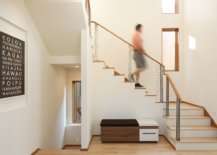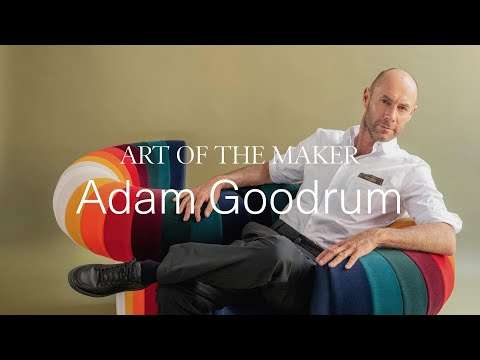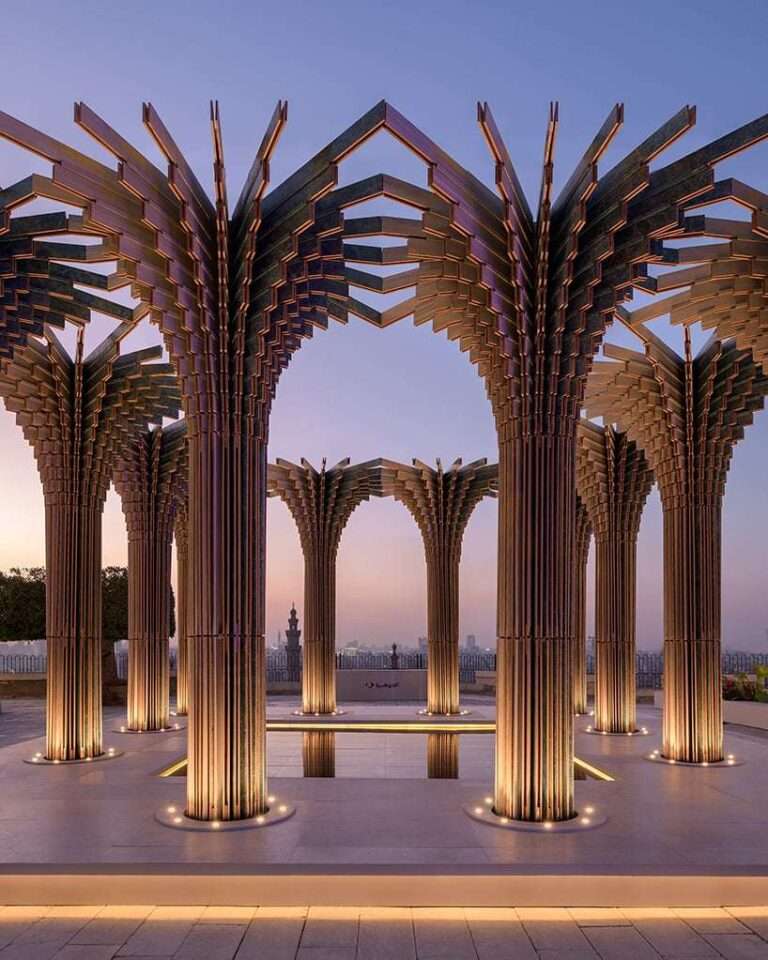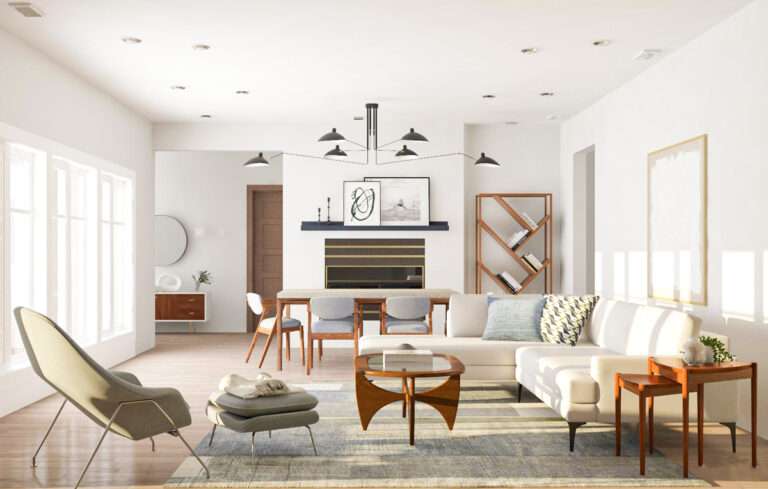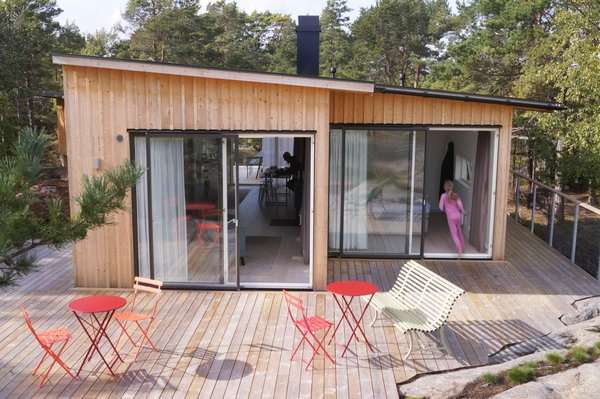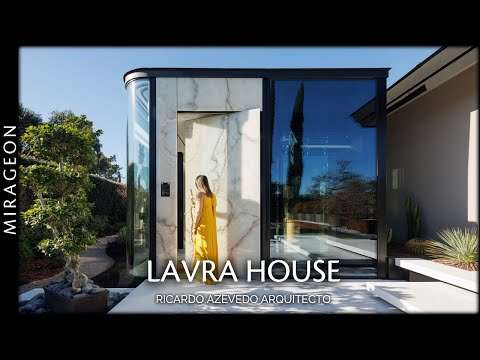Are you dreaming of homeownership without breaking the bank? Look no further! 🏡💸 In this must-watch video, we reveal ” Affordable Housing: 20 Best Cities in the USA Where You Can Buy a House for Under $100k.” From hidden gems to thriving communities, discover where you can find affordable homes without sacrificing quality or lifestyle. Whether you’re a first-time homebuyer, looking to downsize, or searching for an investment opportunity, these budget-friendly cities offer incredible value.
What You’ll Learn:
Affordable Cities: Explore the top 20 cities across the USA where the dream of homeownership is still a reality for under $100k.
Cost of Living: Get insights into the cost of living, employment opportunities, and lifestyle amenities in each city.
Real Estate Tips: Essential advice for buying affordable homes, including navigating the housing market and securing the best deals.
Why This Video?
Save Money: Learn how to find affordable housing that fits your budget and lifestyle needs.
Make Smart Choices: Discover the benefits of living in cities that offer both affordability and quality of life.
Invest Wisely: Uncover investment opportunities in the USA’s most affordable real estate markets.
Don’t miss out on the opportunity to own your dream home for less. Join us as we dive into the best cities for affordable housing in the USA, and take the first step towards a smarter, more financially savvy future. 🌟🏠
Fort Wayne, Indiana
Columbia, South Carolina
Indianapolis
Tulsa, Oklahoma
Wichita, Kansas
Cincinnati
Kansas City, Missouri
Philadelphia
Baton Rouge, Louisiana
Louisville, Kentucky
Chicago
Pittsburgh
Buffalo, New York
Memphis,m Tennessee
Milwaukee
St. Louis
Rochester, New York
Cleveland
Toledo, Ohio
Detroit
Subscribe for more insightful real estate guides, budget living tips, and lifestyle advice. Hit the bell icon to stay updated on all our latest content. Your journey to affordable homeownership starts here!
Reference: https://finance.yahoo.com/news/20-best-cities-where-buy-190224922.html
#AffordableHomes #RealEstateInvesting #BudgetLiving #Homeownership #Under100kHomes #BestCitiesUSA #FirstTimeHomeBuyer #RealEstateTips #InvestmentOpportunity #SaveMoneyLiveBetter
——
Disclosure Statement: Copyright, Fair Use, and General Disclaimer
Copyright and Fair Use:
Content Respect: We respect intellectual property rights and adhere to copyright laws.
Fair Use Principle: Some videos may include copyrighted material under fair use for commentary, criticism, or educational purposes.
Images and Representations:
Illustrative Purposes: Visuals may not depict actual homes but serve illustrative and informational purposes.
Non-Advertisement: This is not an advertisement; we are not affiliated with featured homes.
Pricing Information:
Price Changes: Prices mentioned are based on information at video production; subject to change.
Independent Research: Conduct your research for current prices and availability.
As an Amazon Affiliate, we earn from qualifying purchases on Amazon
By accessing our content, you agree to these terms. For questions, contact us at [dazzletrends@outlook.com}
